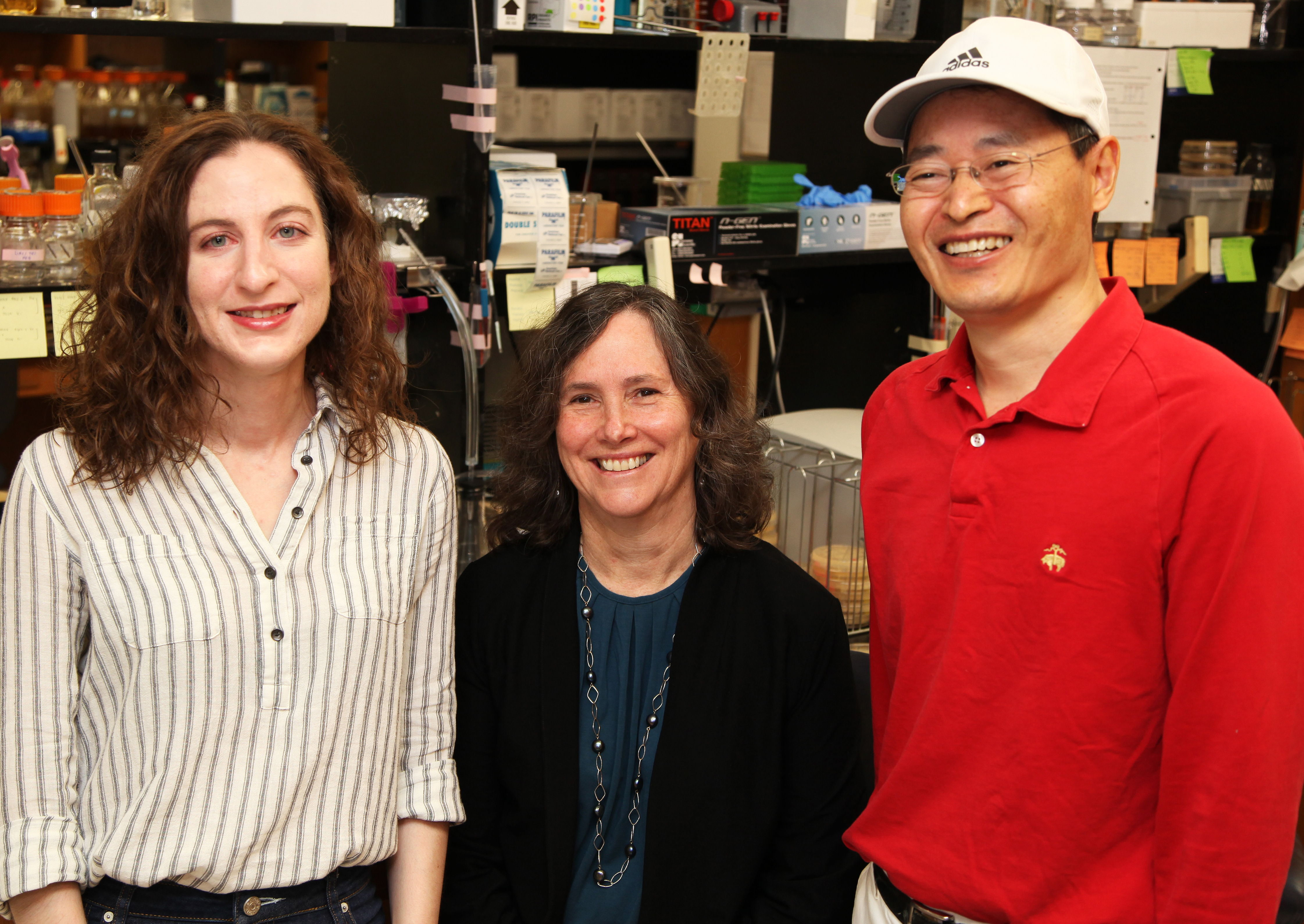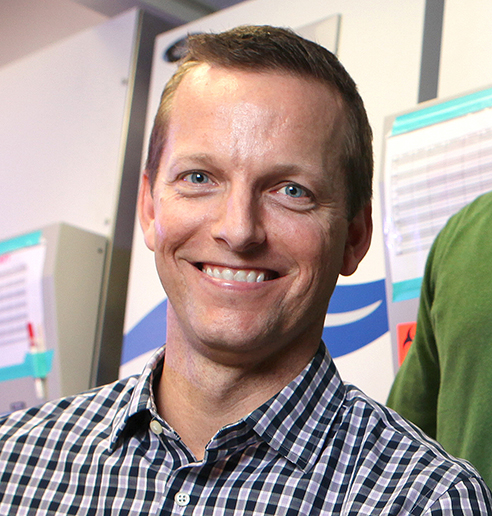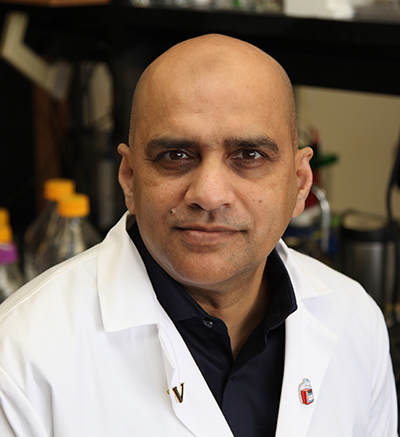Discoveries
-

Resistance to COVID-19 drug detected in lab study
The virus that causes COVID-19 can develop partial resistance to the antiviral drug remdesivir during infection of cultured cells in the laboratory by more than one mechanism. The results of the laboratory study led by researchers at Vanderbilt University Medical Center and published April 28 in the journal Science… Read MoreMay. 12, 2022
-

Resistance to COVID-19 drug detected in lab study
The virus that causes COVID-19 can develop partial resistance to the antiviral drug remdesivir during infection of cultured cells in the laboratory by more than one mechanism. The results of the laboratory study led by researchers at Vanderbilt University Medical Center and published April 28 in the journal Science… Read MoreMay. 12, 2022
-

Cryo-EM reveals the molecular mechanism of IP3 receptor channel opening
Research led by co-first authors Emily Schmitz, a graduate student in the Chemical and Physical Biology program, and Hirohide Takahashi, a research instructor in molecular physiology and biophysics, identified the structure of the human type-3 inositol 1,4,5-triphosphate, or IP3, receptor in several conformations using cryo-electron microscopy. Schmitz and Takahasi, who… Read MoreMay. 9, 2022
-

Researchers investigate self-regulation of an enzyme with critical cellular functions
he lab of Kathy Gould, Louise B. McGavock Professor and professor of cell and developmental biology, used a multi-disciplinary approach that included structural biology, biochemistry, and molecular biology to investigate the regulation of the CK1 enzyme family. The research, led by Sierra Cullati, a postdoc in the Gould lab, and… Read MoreMay. 5, 2022
-

Vanderbilt researchers develop new evolutionary approach for identifying proteins that functionally interact
Jacob Steenwyk, a graduate student in biological sciences, and collaborators at Vanderbilt, Tel Aviv University and University of Wisconsin-Madison measured the coevolution of pairs of genes shared across budding yeasts to identify the genes that participate in the same cellular or molecular functions. The results of this work… Read MoreMay. 5, 2022
-

Faculty awards honor teaching, clinical, research excellence
The 2022 Vanderbilt University School of Medicine Academic Enterprise Awards for Excellence in Teaching, Extraordinary Performance of Clinical Service, and Outstanding Contributions to Research were presented April 29 during the annual spring faculty meeting. The recipients include…… Read MoreMay. 5, 2022
-

The Skaar lab discovers how bacterial pathogen survives without water
The pathogen Acinetobacter baumannii can survive on hospital surfaces — without water — for months, an ability that has helped it become a leading cause of hospital-acquired infections. Now, a team of Vanderbilt researchers has discovered a mechanism this bug uses to live in a dried-out state: it produces “hydrophilin”… Read MoreMay. 5, 2022
-

Carrasco elected to American Academy of Arts and Sciences
The American Academy of Arts and Sciences announced today that Dr. Nancy Carrasco, Joe C. Davis Professor of Biomedical Science and professor and chair of molecular physiology and biophysics, has been elected as one of its new members. Carrasco was elected to… Read MoreApr. 29, 2022
-

Ramadan from the inside
By Ansari Aleem Ansari Aleem, Ph.D. For me, Ramadan—the month of fasting—is about the Quran, worship, prayer, and generosity. Fasting is one of the pillars of Islam and is mandatory for a healthy adult Muslim. I have been practicing fasting ever since I can remember. For me, fasting is a… Read MoreApr. 26, 2022
-

Collaborative research lays groundwork for potential treatment of a rare and deadly type of cancer
A collaborative project between the labs of William Tansey, Ingram Professor of Cancer Research and professor of cell and developmental biology and biochemistry, and Stephen Fesik, Orrin H. Ingram II Chair in Cancer Research and professor of biochemistry, chemistry and pharmacology, has… Read MoreApr. 25, 2022